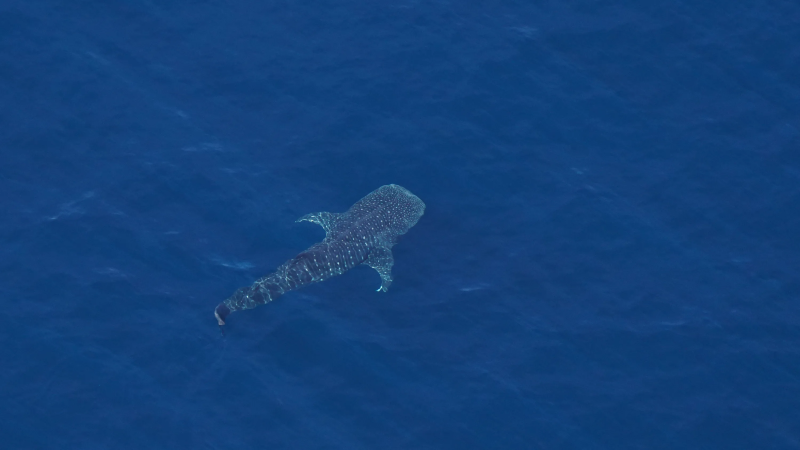Largest deep-sea coral reef discovery: Reef spans hundreds of miles, bigger than Vermont
Scientists mapped the largest deep-sea coral reef, which stretches over millions of acres off the Atlantic from Florida to South Carolina and is bigger than Vermont, according to the press release.
"It's essentially the largest deep-sea coral mound region in the world that's been documented so far," Derek Sowers, the Mapping Operations Manager for the Ocean Exploration Trust and lead author of the study, told USA Today. "It's just this amazing, huge ecosystem, sprawling across an area about three times the size of Yellowstone National Park."
A paper published by the scientific journal, Geomatics, details a multi-year campaign by NOAA and its partners to explore the Blake Plateau.
The mound region is made up of cold-water coral mounds, which are corals "shaped like bumps or pinnacles on the seafloor and can range in height from about ten feet to hundreds of feet tall, but average about 65 feet tall on the Blake Plateau," said Sowers in an email. "They are formed over long time periods out of the skeletal material of cold-water 'stony corals' and also sediments that are trapped by the coral rubble material."
When living corals are present, he says they can be found at the ridges and tops of the mounds, but the sides are "covered by the dead skeletal framework of the stony corals."
The reef stretches from Miami to Charleston, South Carolina. It is about 310.69 miles long and 68.35 miles wide.
Scientists have known there was some coral in that area off the Atlantic since the 1960s, but did not know the extent of it. It was impossible for researchers to figure out how big the area actually was until recently.
New technology changed that and made it so that researchers can now create 3D images of the ocean floor.
"About 75% of the world's oceans are still unmapped in high resolution, and about 50% of the US waters are currently unmapped," said Sowers.
Mixing science with fashion:TEST TUBE TO CATWALK: Modern Meadow Shifts Fashion Industry with Science & Sustainability
Largest deep-sea coral reef: How it was discovered
The reef is too deep to explore by scuba diving that's why the mapping was done using 31 multi-beam sonars, according to the press release.
"The multi-beam sonars are mounted on research ships," said Sowers. "That's how we can map this type of habitat."
He says they then use the maps to guide down a submersible, which includes manned or remotely operated subs attached to their ship with a cable that sends live video feeds back to the boat.
The NOAA ship, which Sowers said did most of the mapping, broadcasted the dives live for the public.
"Anyone with an Internet connection can essentially see what's being explored at the same time as the exploration team at sea," said Sowers.
What makes this deep-sea coral reef different?
According to a press release from Ocean Exploration Trust, a partner of NOAA, the largest area of the reef, nicknamed "Million Mounds" by scientists, is mainly made up of stony coral. The species, Desmophyllum pertusum, is mainly found in the ocean at 656 to 3,280 feet deep. At those depths, water is 39°F on average.
Sowers said the cold-water corals in deep-sea reefs are biologically different from shallow-water reefs like the Great Barrier Reef, which stretches along the northeast coast of Australia.
According to the scientist, this is because the corals are so deep in the water that they are out of reach of sunlight.
"They don't rely on photosynthesis because they're actually living in the dark," said Sowers. "But they do rely on filter-feeding particles that are coming down through the water column, and they capture those particles and bring them in."
Shallow-water reefs face coral bleaching. This is caused when the different types of algae that live inside the corals are ejected because the water is two degrees warmer for 10 days or more. The phenomena is due to climate change and record-high temperatures, reports USA Today.
Deep-water reefs don't face these kinds of issues because they rely on filter-feeding, but are still affected by the changing waters.
"Climate change and the changing water temperatures and acidity of the ocean can also impact these reefs and is something that we need to try to manage in the future so we can keep these ecosystems functioning," said Sowers

Disclaimer: The copyright of this article belongs to the original author. Reposting this article is solely for the purpose of information dissemination and does not constitute any investment advice. If there is any infringement, please contact us immediately. We will make corrections or deletions as necessary. Thank you.






